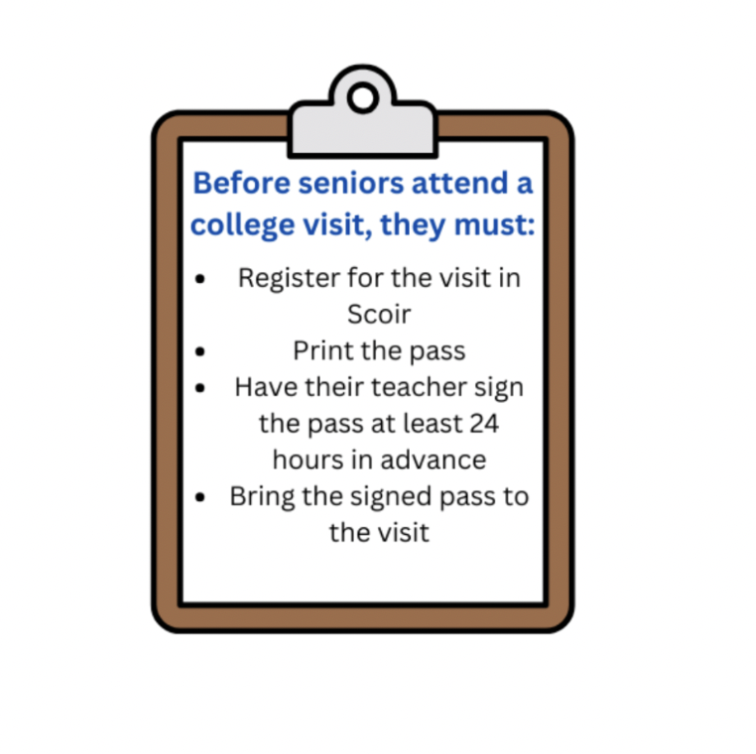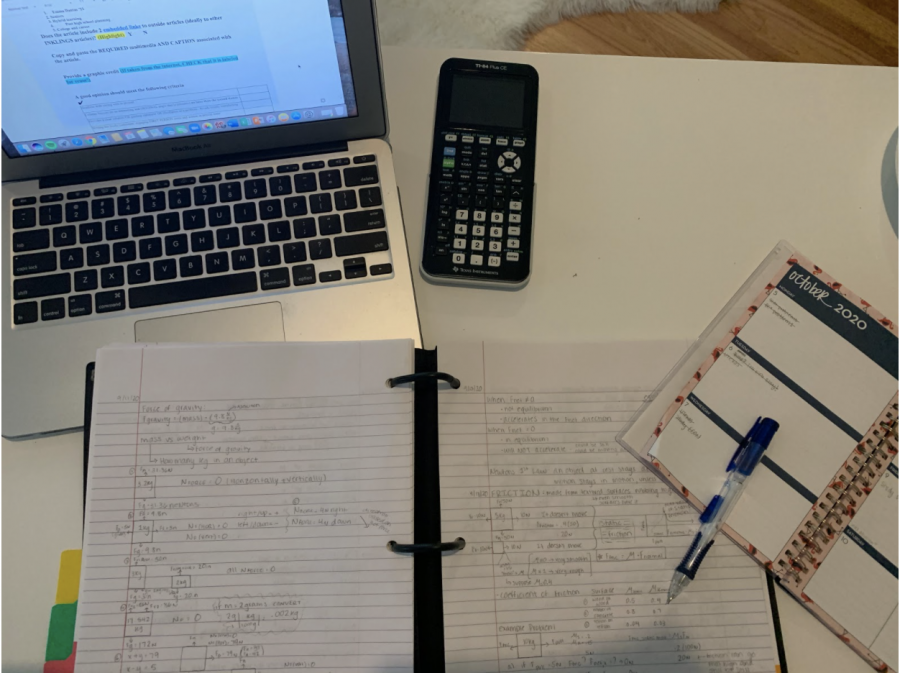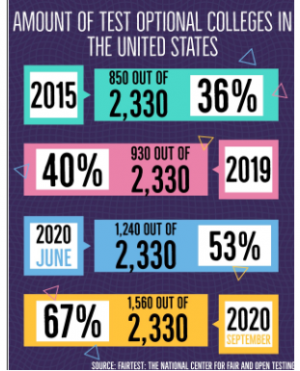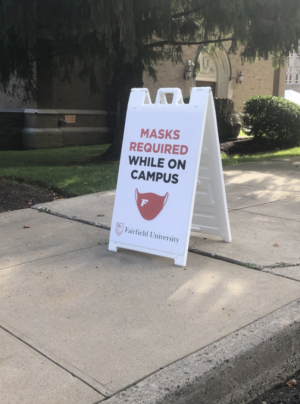New learning style due to hybrid model prepares seniors for college
With the hybrid model, students spend three out of the five days a week learning from home. They meet with their classes only two to three times per week, so a focus has been placed on independent learning.
My social media pages are constantly filled with self-deprecating humor from the senior class about all the traditions we have to put our own spin on, given the devastating impacts of COVID.
With no grade-wide spirit week days and the loss of motorcade, it is easy to look at this year as a disaster from a social standpoint. However, there is a bright spot that we seniors will benefit from in our futures.
The hybrid learning model is adequately preparing seniors for one of the most common post-high school game plans: college. This is because it fosters focus, independence and discipline.
Similar to the block schedule we have switched to, classes in college range, on average, from 60 to 90 minutes. So, the longer 80 minute periods simulate daily classes in college.
Although I acknowledge that this length at the virtual high school level can result in zoom fatigue, these are the lengths of classes we are going to be experiencing next year. The longer block helps us prepare for the type of focus and due diligence that these time blocks require.
Another detail about the hybrid schedule is the frequency, or lack thereof, of how many times we meet with our classes per week. It has been significantly reduced compared to our schedules in past years. Last year, we met with each class an average of four times per week. With the hybrid model, students are only meeting with their classes two to three times per week.
This mirrors how often college classes tend to convene. Because of this, students are learning the importance of attending office hours or extra help sessions if they need more time with a teacher in a particular subject. The hybrid model forces students to take their learning into their own hands and independently judge what areas they need to dedicate more study time to.
The hybrid model has also promoted self-oriented learning if a student does not understand a topic covered in class.
In my statistics class, I was struggling with drawing tree diagrams for medical test problems with false negatives and false positives. Because the class only meets two or three times per week, I took it upon myself to read the textbook and, on my own, tried to understand where these conditions would be placed on the tree diagram.
In talking to my friends at college this year, they expressed to me that it is common to have to reteach topics to yourself that you didn’t pick up quickly in class. Because the hybrid model encourages this good habit, seniors are going to be better prepared for their first year in college.
Focus, discipline and independent study are skills that will help students succeed throughout college. The hybrid model promotes these qualities, and is doing an excellent job at preparing seniors for their future college endeavors.
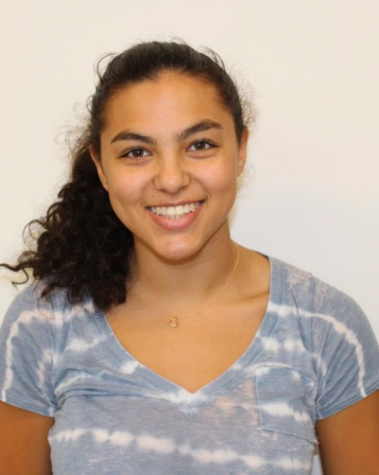
Emma Dantas ’21 decided to take Advanced Journalism two years ago “because I wanted to be a part of a community...and since I don’t play a sport...





